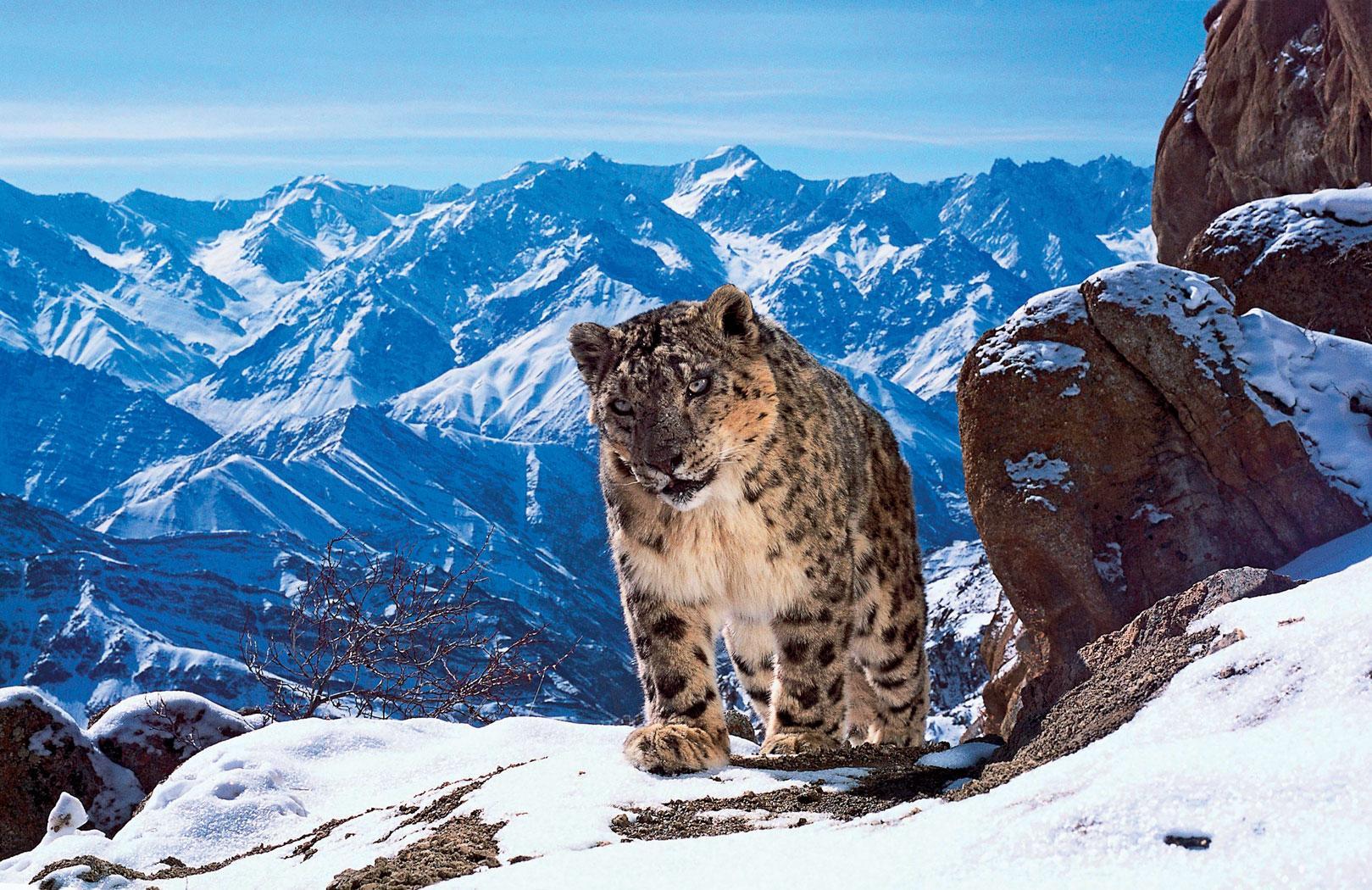Climate change happening 'too fast' for plant and animal species to adapt
Analysis of 266 insects, amphibians, birds, mammals, and reptiles, suggests many face extinction

Most plants and animals cannot adapt at the rate the climate is changing, scientists have said.
A study of more than 250 species found their ability to change their "climactic niche", the conditions under which they can survive, will be vastly outpaced by future changes in rainfall and temperature.
Although some animals might be able to move to cope with rising temperatures, others live in isolated areas which they cannot leave.
Amphibians, reptiles and plants are particularly vulnerable, according to US researchers and tropical species are at higher risk than those which live in temperate zones.
Ecologists analysed how quickly species had changed their climatic niches over time, and how these rates compared with that of global warming.
They analysed 266 populations of plants and animals, including insects, amphibians, birds, mammals and reptiles.
Rates of change in climatic niches were much slower than rates of projected climate change, by more than 200,000 fold for temperature on averag,, they said.
In October, the most comprehensive survey of wildlife ever carrier out suggested the world is hurtling towards the first mass extinction of animal life since the dinosaurs were wiped out 65 million years ago.
By 2020, the populations of mammals, birds, fish, reptiles and other vertebrate species are on course to have fallen by more than two-thirds over a period of just 50 years, the Living Planet report found
“Overall, our results show that rates of climatic niche change among populations of plants and animals are dramatically slower than projected rates of future climate change,” said Tereza Jezkova and John Wiens, of the University of Arizona.
Mammals and birds might be better placed to survive than amphibians and reptiles, because they have the ability to regulate their own body temperatures, said Dr Wiens.
And, while some species might be able to move to higher latitudes or elevations to survive, “for a lot of organisms, that is not an option”.
“It's a double jeopardy of climate change and habitat destruction,” he said.
Join our commenting forum
Join thought-provoking conversations, follow other Independent readers and see their replies
Comments
Bookmark popover
Removed from bookmarks